
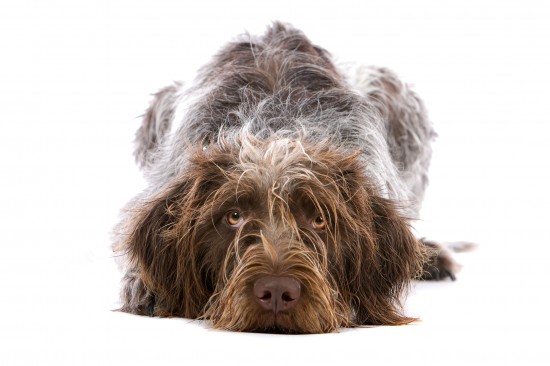
The German longhaired pointer (GLP) is a handsome, noble-looking dog that has a coat more akin to that usually seen on spaniels than other pointer breeds.
Developed during the 19th century in Germany, they were intended for use as a hunting-pointing breed, but were found to be rather slower on the move than most other pointers. Outcrossing with English pointers and dogs from the setter breed group helped to increase the speed range of the GLP, and also helped to tackle some temperament flaws in the first dogs of the breed, to ensure that today’s German longhaired pointers are friendly and steadfast in temperament. Today, breeders are concerned with producing dogs that are equally suited to a working life or as pets and for showing, making the GLP a good all-rounder.
The German longhaired pointer today can be seen in either a solid brown or brown and white colouration, but originally, black and white was permitted too. After the breed standard was altered to dictate brown or brown and white only, the black and white variant of the breed ultimately became the original ancestors of another breed, the Large Munsterlander.
The German longhaired pointer is not one of the most common sights here in the UK, but they nevertheless have a lot of appeal thanks to their handsome appearance and kind tempers. If you are considering buying a German longhaired pointer as a pet, in this article, we will cover some of the most frequently asked questions about the breed. Read on to learn more.
The German longhaired pointer is a medium sized dog, which stands up to 28” tall at the withers and weighs up to 30kg. They have an elegant, lithe appearance, and should not be fat or bulky, but appear in proportion and fit for their size. Notably, the German longhaired pointer has webbed feet!
Their coats can be either brown or brown and white, and the coat is uniformly medium length across most of the body, with feathering on the belly and legs. The coat is wavy rather than straight, but should not be curled. They are a double coated breed with a dense undercoat, and have long, floppy ears and a long muzzle.
The German longhaired pointer is a lively, excitable dog that likes to have something to do, and is always ready for a walk! They are gentle with people, and tend to be friendly and welcoming to strangers. They are kind natured, very loving, and need to be able to spend plenty of time with their families. A lack of enough company can lead to separation anxiety and destructive behaviour.
They tend to be sociable with both other dogs and with children, and very much enjoy the company of children that like to play with them
The German longhaired pointer requires a significant amount of exercise, and should be able to spend plenty of time on the go. They soon become bored if they do not get enough mental stimulation and physical activity, and so make a good choice for competing in canine sports.
They require two to three long, active and varied walks per day, as well as time spent playing outside and being able to run around and stretch their legs. They do not thrive within a sedentary lifestyle, and if they do not get enough exercise, will soon become bored and destructive.
As a pointer breed, the GLP naturally has a relatively strong prey drive, and will actively seek out potential prey when out on walks. However, they are unlikely to follow up pursuit with a kill, being as the pointer breed is bred to watch and fix prey rather than kill it, but nevertheless, this can still pose a problem. Training for good recall is of course a must, as is good supervision when off the lead in safe, enclosed areas.
The GLP can live alongside of cats, providing that they are introduced to cats from an early age and taught firmly that the cat is not there to be chased!
The German longhaired pointer is not one of the most common of dog breeds, and so not much formally collated information is held on their overall health and longevity. However, they are a relatively long lived breed that tends to remain healthy for life providing that they are kept fit, and the breed is not known to suffer from any specific genetic or hereditary health defects.
Due to the length and structure of their ears, the breed is slightly prone to developing ear infections, but regular cleaning of the ears and ensuring that they are thoroughly dried after contact with water can help to prevent this.
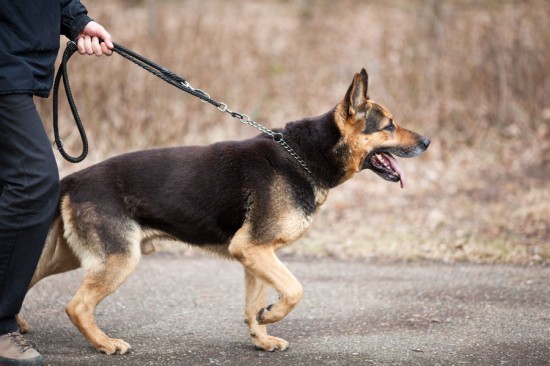 Walking The Dog (part 1)
Walking The Dog (
Walking The Dog (part 1)
Walking The Dog (
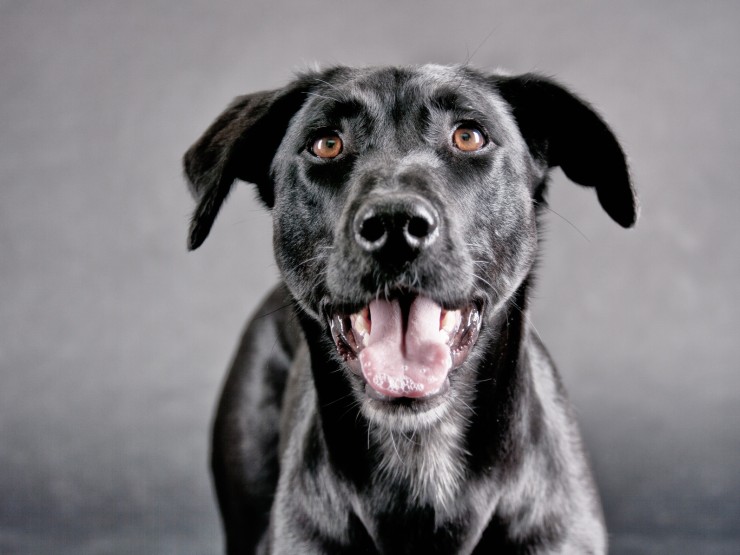 Living With Dogs That Are Not Spayed Or Neutered
Living With Dogs
Living With Dogs That Are Not Spayed Or Neutered
Living With Dogs
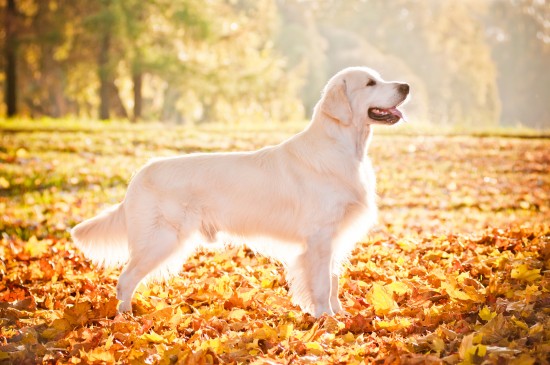 Golden Retriever Temperament And Training
Golden Retriever
Golden Retriever Temperament And Training
Golden Retriever
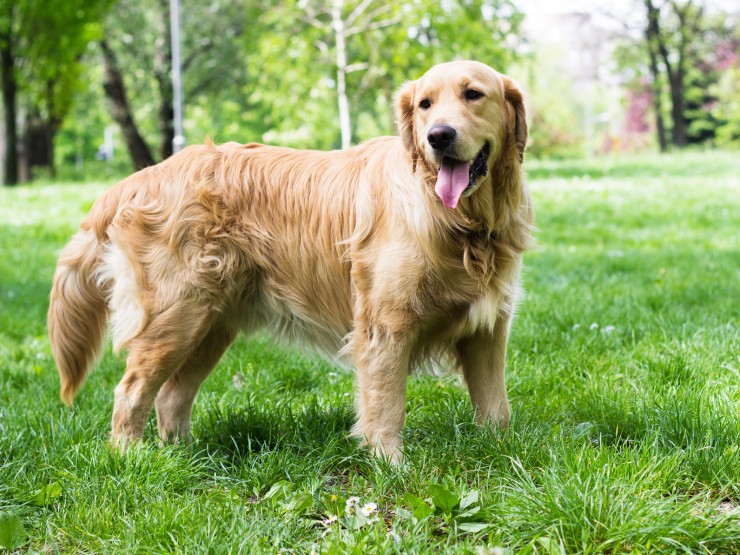 Five Universal Personality Traits Of The Golden Retriever
Five Universal Pe
Five Universal Personality Traits Of The Golden Retriever
Five Universal Pe
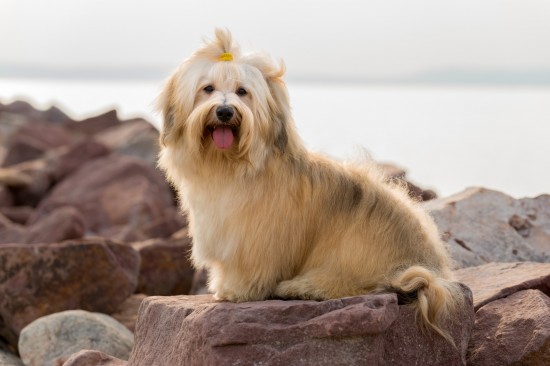 Havanese Dog Longevity And Hereditary Health
Havanese Dog Long
Havanese Dog Longevity And Hereditary Health
Havanese Dog Long
Copyright © 2005-2016 Pet Information All Rights Reserved
Contact us: www162date@outlook.com